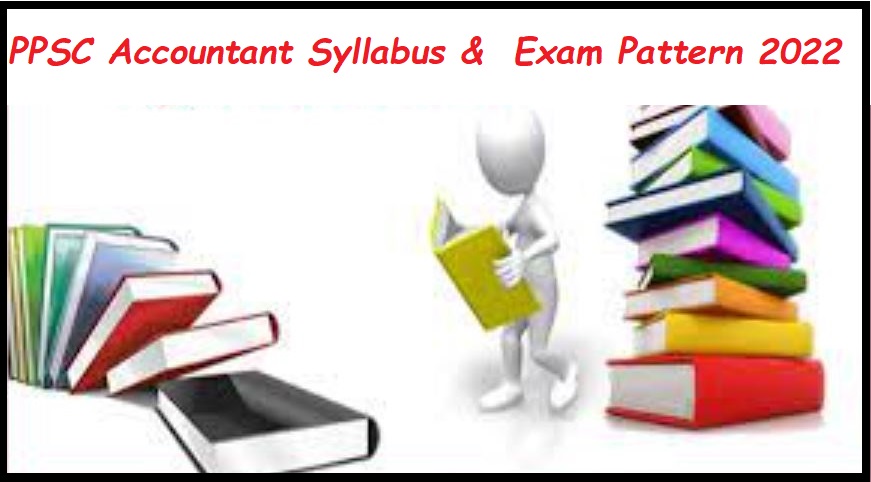PPSC Accountant Syllabus 2022 Check Exam Pattern Here: Hey Punjab Folks, Are you finding the PPSC Accountant Exam Pattern and Syllabus then are you in right place to check the Exam pattern and syllabus of the Punjab PSC Accountant. The eligible applied candidates can check and prepare for the exam well. Candidates can read this article for syllabus information it is very useful for you to prepare for exams.

PPSC Accountant Syllabus 2022-Check Here
| Punjab PSC Accountant Exam Syllabus 2022 | |
| Board Name | Punjab Public Service Commission |
| Post Names | Accountant Grade II in the Department of Local Government |
| Category | Syllabus |
| Selection Process | Written Competitive Examination |
| Job Location | Punjab |
| Official Site | ppsc.gov.in |
Punjab PSC Accountant Exam Pattern 2022
| Parts | Name of the Subjects | Questions | Exam Type | Marks | Time Duration |
| Part A | Concerned Subject
|
100 | Objective Type | 400 | 2 Hours |
| Part B |
|
20 | 80 |
PPSC Accountant Exam Syllabus 2022
| Subject | Topics |
| Part A | |
| Financial Accounting |
|
| Management Accounting |
|
| Cost Accounting |
|
| Part-B: General Knowledge, Logical Reasoning & Mental Ability | |
| General Knowledge and Current affairs of National and International importance including:
|
|
| Logical Reasoning & Mental Ability
|
|